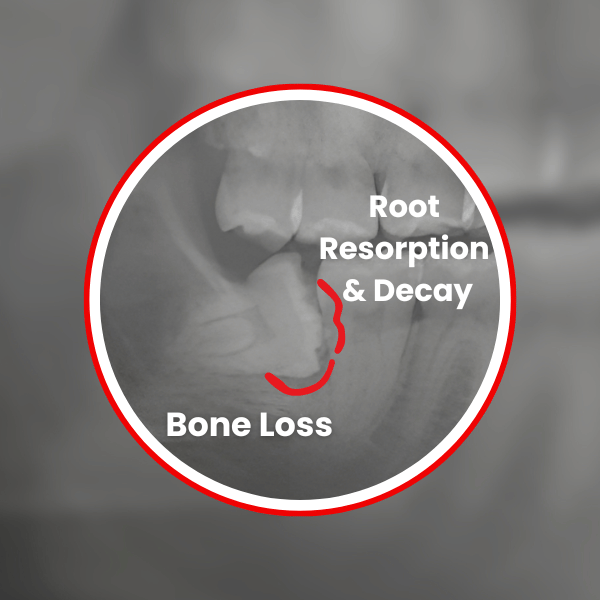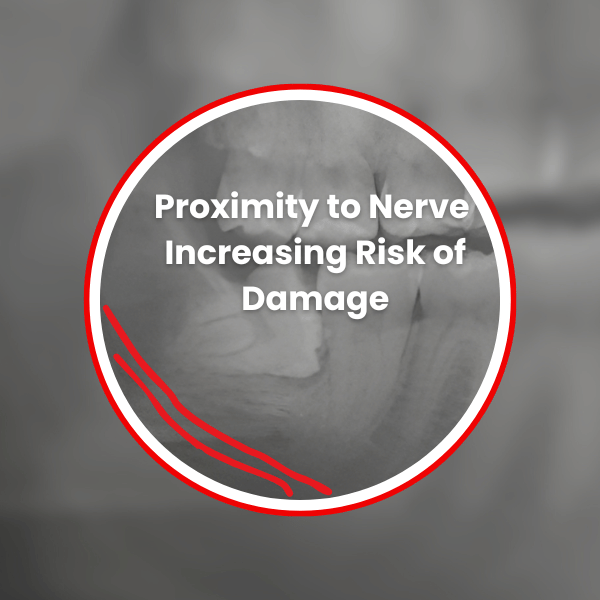
May 15, 2025
Ever felt like your mouth was on fire, even though you haven’t eaten anything spicy or hot? If that burning sensation shows up out of nowhere, it’s not just in your head. When it spreads across your tongue, lips, or even your whole mouth, you might be dealing with a condition called Burning Mouth Syndrome.
It’s a frustrating (and often painful) condition that affects around 1.3 million Americans each year. It can interfere with your daily activities like eating, swallowing, speaking, and drinking. While it’s not always linked to an underlying health issue, if the symptoms don’t improve within two weeks, it’s important to seek professional help.
Keep reading to find out what causes Burning Mouth Syndrome, when to seek treatment, and whether it can be cured.
Wisdom teeth — also known as third molars — are the last set of teeth to erupt, usually between the ages of 17 and 25. But not everyone has the space in their mouth to accommodate them.
When there’s no room for them to come in properly, they can become impacted, meaning they’re trapped beneath the gum and jawbone. A horizontal impaction is one of the most serious types — the tooth lies sideways, pushing directly into the roots of the second molar.

Horizontally impacted wisdom teeth don’t just stay quietly beneath the surface. Over time, they can press into the roots of your healthy back molars, causing:
By the time symptoms appear — pain, swelling, or a visible cavity — the damage may already be extensive. In some cases, we’re forced to remove not just the wisdom tooth, but also the second molar that it damaged.

If you’re in your 20s and haven’t had your wisdom teeth evaluated yet, now is the time. Just because they’re not causing pain doesn’t mean they’re not causing harm.
At All Smiles Dentistry, we use digital imaging and a thorough evaluation to determine if your wisdom teeth are coming in safely — or if early removal could save your healthy teeth and prevent future dental surgery.
Protect your smile by being proactive. Contact us today to schedule a wisdom teeth consultation — especially if you’re in your 20s and haven’t had them checked. One simple visit could save you pain, expense, and tooth loss down the road.


Dental Filling or Dental Crown: How to Decide What Your Tooth Needs





The Hidden Risks of Medical Tourism in Dentistry
| M | T | W | T | F | S | S |
|---|---|---|---|---|---|---|
| 1 | 2 | 3 | 4 | 5 | ||
| 6 | 7 | 8 | 9 | 10 | 11 | 12 |
| 13 | 14 | 15 | 16 | 17 | 18 | 19 |
| 20 | 21 | 22 | 23 | 24 | 25 | 26 |
| 27 | 28 | 29 | 30 | 31 | ||
